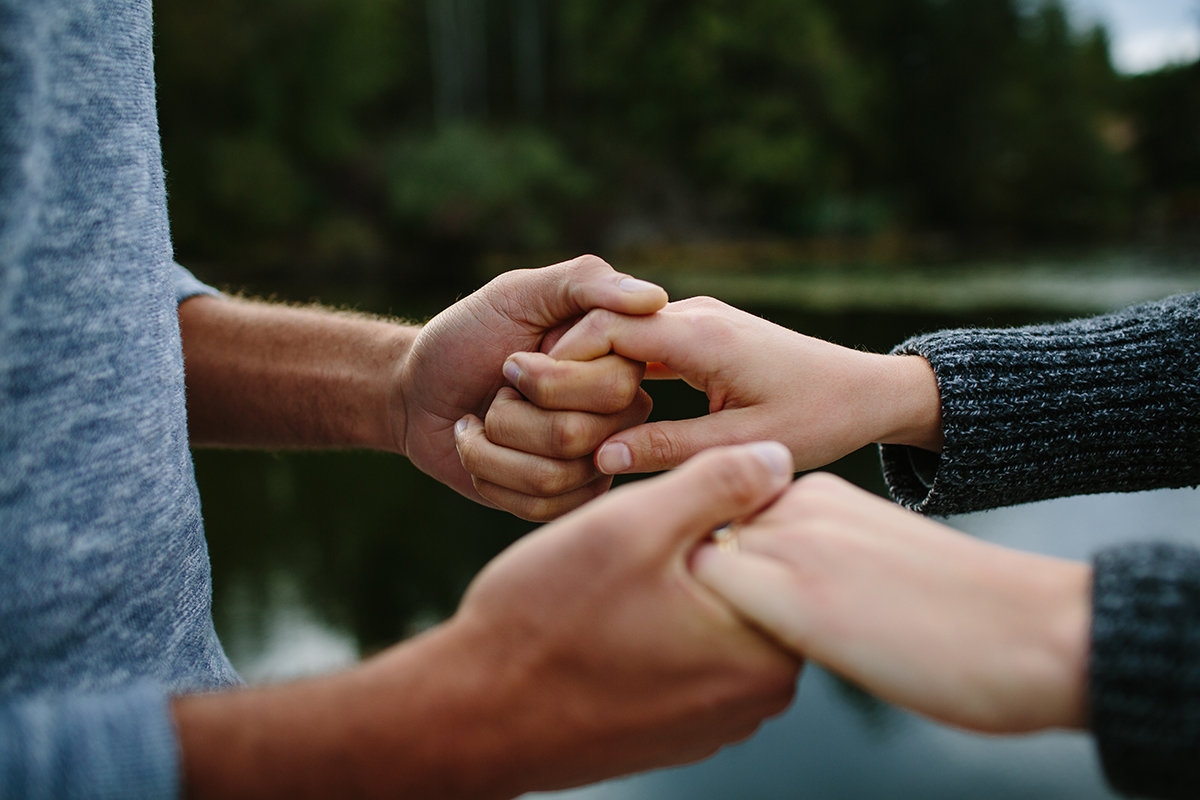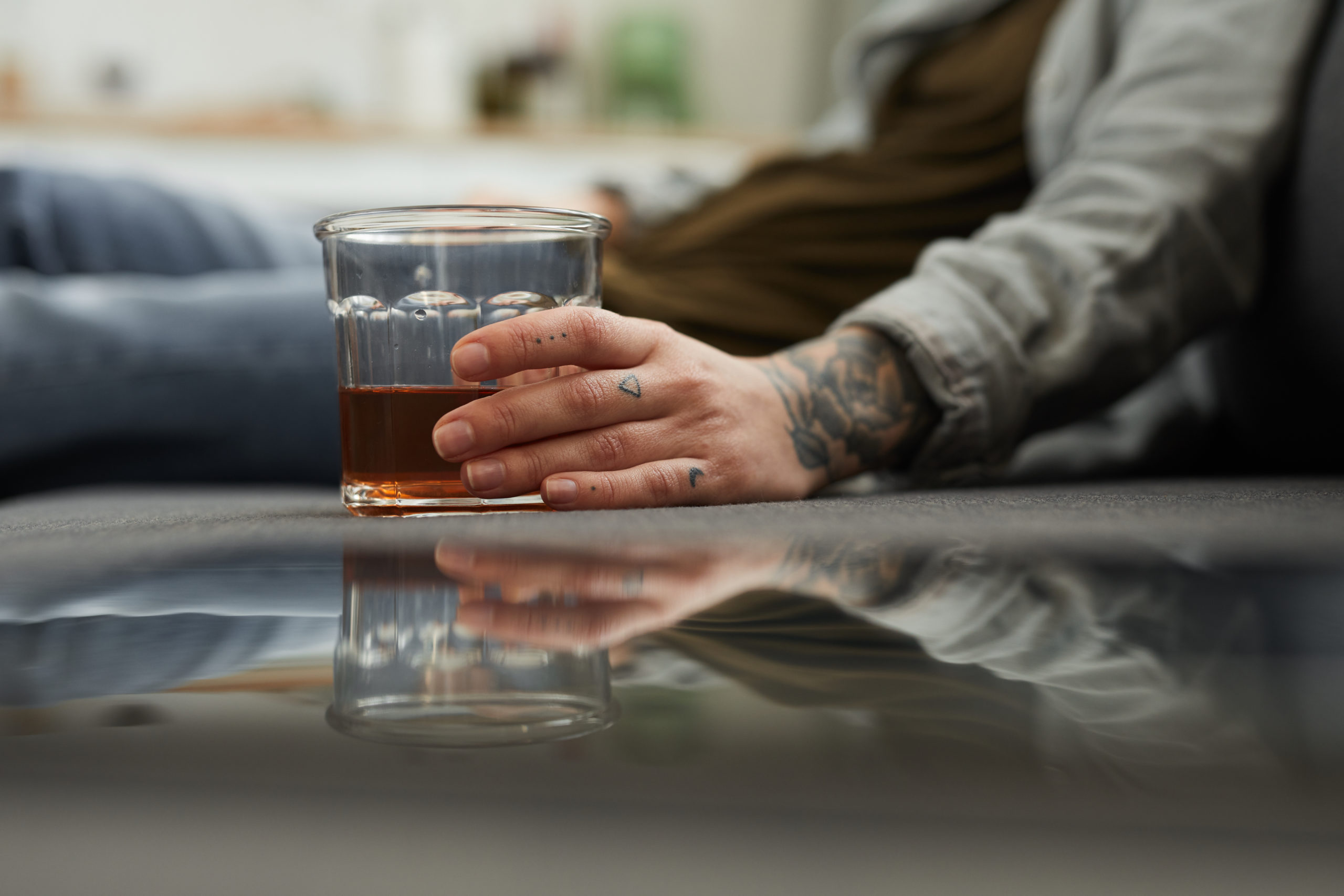

By: Lakeview Health
If you’re in recovery, here’s a plan that’ll keep you there.
Most people in recovery from alcohol or drug addiction will relapse at some point in their lives. That’s just the nature of the beast.
Even people who have been sober for years often struggled at first to get it right. Many relapsed three or four times—sometimes more—before figuring out what worked.
Here I will do my best to take some of that trial and error out of recovery.
Relapse can happen to anyone
The first point I want to make is this: A relapse is not the end of the world. Given the nature of the disease of addiction, relapsing is fairly common. Around 40 to 60 percent of people do so within a year after completing treatment, according to the National Institute on Drug Abuse. As with addiction in general, relapsing is not the result of moral failure, weakness of character, or because someone is a bad person. It’s part of the disease of addiction, and a normal part of recovery.
Why is this? Because addiction is a chronic disease, and like diabetes or high blood pressure, it requires constant monitoring and ongoing care. If you stop tending to it or think you can ignore it, it may come back to bite you hard.
If a relapse does happen, the key is to not let yourself wallow in self-pity and inaction. You need to get back into recovery pronto. Which doesn’t mean sweeping it under the rug like it didn’t happen. It’s important to take an honest inventory of what happened, so you’re better prepared to guard against it next time. (More on this below.)
Understand the warning signs
To keep a relapse from happening in the first place, you need to be aware of cravings and triggers. Cravings are just that: urges to drink or use drugs. When a craving happens, a good strategy is to talk to your sponsor or a trusted support person immediately. Be honest about what you’re feeling, get it all out there, and talk it through. Experts in the addiction field have found that simply talking about cravings can significantly reduce their power.
Triggers are trickier and more subtle than cravings. They are external or internal situations or feelings that push people to use. Triggers include stress, negative emotions, feelings of isolation, anniversaries, celebratory occasions, being around people associated with your past addiction, or a combination of those. Again, triggers can be subtle, and they can sneak up on you. It’s not always clear in real time what’s happening, or what ultimately triggers the relapse.
Signs of emotional relapse
Many researchers believe that there are stages of relapse, with perhaps the most important of the stages being emotional relapse. Some of the signs of emotional relapse include:
- Bottling up emotions
- Isolating from people you know and love
- Not going to NA or AA meetings (after being regular with them)
- Going to meetings but not participating, or “mailing it in”
- Focusing on or blaming others
The common factor among all those is poor self-care. Therefore, it’s important for people who are approaching or are in the emotional relapse state to be aware of what’s happening, to realize that poor self-care is happening. A good self-reminder is the acronym HALT, or hungry, angry, lonely, tired. Try to pay attention to these warning signs when you’re feeling them, and try your best to take action.
Create a plan for relapse prevention
To protect yourself from cravings, triggers, emotional relapse, and anything else that may derail you, you need a plan. It needs to be tailored to you and ready to implement at the moment you’re feeling on the edge. This way, you’ll be ready to act more decisively and effectively to the relapse threat.
An example of a comprehensive, five-point, relapse-prevention plan:
- Go to a meeting (NA, AA, SMART Recovery, etc.).
- Call a sponsor/mentor/trusted friend or family member.
- Get help asap with your medications (suboxone, methadone, naltrexone, mental health meds, etc.).
- Get out of your negative head space with self-care, music, a long walk, or meditation.
- Call your therapist or doctor for an appointment and take that inventory of what led to the relapse.
Each of those components can have a positive impact, and could be the difference maker. Bringing them together into a plan makes them that much more powerful.
You relapsed, now what?
Yes, relapsing is serious and potentially deadly. And yes, your goal is to keep it from happening in the first place. But again, it’s not a catastrophe, and it certainly doesn’t mean your recovery was all for nothing. Every day you spend in recovery is significant, to be celebrated, and can never be taken away from you. The key after a relapse is to get back into recovery. As. Soon. As. Possible.
To do that, you can take many of the same actions I listed above in the relapse-prevention plan. Things like…make an immediate appointment with your therapist. Talk to a trusted, nonjudgmental friend, sponsor, or mentor. Be sure that you’re taking your MAT medications as prescribed. And get out of your negative head space in healthy ways, such as meditation, spending quality time with friends (remotely if need be), and getting regular exercise.
Maybe most important—and your therapist will be a huge help here—do an honest and thorough relapse autopsy right away to figure out what made it happen. Then keep moving forward, stay positive, ask for support to stay on track, and be kind to yourself. No one is perfect.
Getting back into recovery
Here’s a critical question: When you relapse, should you go back into formal treatment (inpatient or outpatient), or is it possible to regain long-term recovery on your own? I’d love to give a definitive answer to that, but I can’t. There are too many variables, including how long your relapse lasts, your home environment, how much of your recovery program you were able to maintain (if any) during your relapse, and so on.
Our take at Lakeview Health is that there are three major benefits of leaving your home for treatment. First, you create a physical distance from the temptation of drugs and alcohol. This makes it easier to nip your relapse in the bud, and minimize the damage it did.
Second, it allows you to break the unhealthy habits that may have led to the relapse, some of which you may not have been aware of. And third, home-based treatments tend to end earlier than is optimal, which makes it less likely that you’ll achieve long-term sobriety.
Addiction Treatment at Lakeview Health
If you or a loved one is struggling with a substance use disorder, contact Lakeview Health today at [Direct]. Our team is ready to help with the admissions process and begin addiction treatment.





